Geopolitical Tensions
Geopolitical tensions are a driving force behind the Aerospace Defense C Class Part Market, as nations respond to emerging threats and regional conflicts. Heightened military readiness and strategic positioning necessitate the procurement of advanced defense systems, which in turn fuels the demand for C Class parts. Countries are increasingly investing in their defense capabilities to deter potential adversaries, leading to a robust market for components that support military operations. This environment of uncertainty and competition is likely to sustain growth in the Aerospace Defense C Class Part Market, as nations seek to bolster their defense infrastructure and capabilities.
Focus on Sustainability
The Aerospace Defense C Class Part Market is increasingly aligning with sustainability initiatives, as defense organizations seek to minimize their environmental impact. Efforts to reduce carbon footprints and enhance energy efficiency are prompting the adoption of greener technologies and practices. This shift is reflected in the development of eco-friendly materials and processes that reduce waste and emissions during production. As defense contractors embrace sustainability, the demand for C Class parts that meet these criteria is expected to rise. This focus on environmental responsibility not only addresses regulatory pressures but also positions the Aerospace Defense C Class Part Market favorably in a world that increasingly values sustainable practices.
Increased Defense Budgets
The Aerospace Defense C Class Part Market is experiencing a notable surge in defense budgets across various nations. Governments are prioritizing national security, leading to increased investments in military capabilities. For instance, defense spending in several countries has risen by an average of 3-5% annually, reflecting a commitment to modernizing military fleets. This trend is likely to drive demand for C Class parts, which are essential for maintaining and upgrading aircraft and defense systems. As nations seek to enhance their operational readiness, the Aerospace Defense C Class Part Market stands to benefit significantly from these budgetary allocations, fostering growth and innovation in the sector.
Technological Advancements
Technological advancements are reshaping the Aerospace Defense C Class Part Market, as innovations in materials and manufacturing processes enhance the performance and reliability of components. The integration of advanced materials, such as composites and lightweight alloys, is becoming increasingly prevalent, allowing for improved fuel efficiency and reduced maintenance costs. Furthermore, the adoption of additive manufacturing techniques is streamlining production, enabling rapid prototyping and customization of parts. This evolution in technology not only meets the demands of modern warfare but also positions the Aerospace Defense C Class Part Market for sustained growth, as manufacturers strive to keep pace with evolving military requirements.
Growing Demand for Upgrades and Maintenance
The Aerospace Defense C Class Part Market is witnessing a growing demand for upgrades and maintenance of existing defense systems. As military assets age, the need for replacement parts and enhancements becomes critical to ensure operational effectiveness. The market for maintenance, repair, and overhaul (MRO) services is projected to expand, with estimates suggesting a compound annual growth rate of 4-6% over the next five years. This trend underscores the importance of C Class parts in sustaining the longevity and performance of defense platforms. Consequently, the Aerospace Defense C Class Part Market is poised to capitalize on this demand, as defense contractors and military organizations prioritize the upkeep of their fleets.


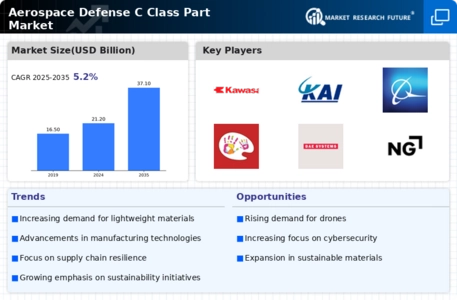
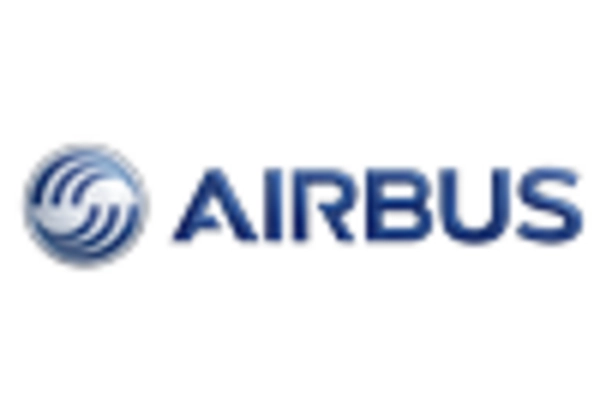

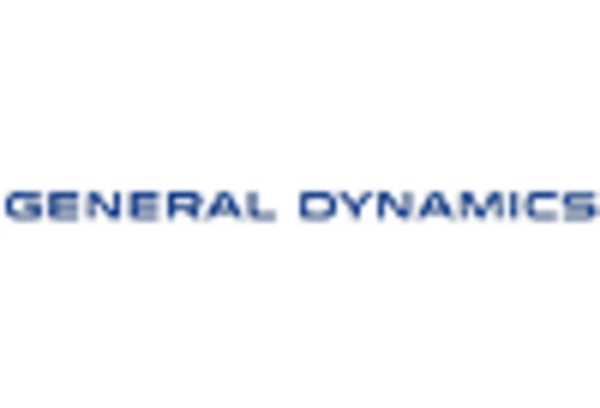

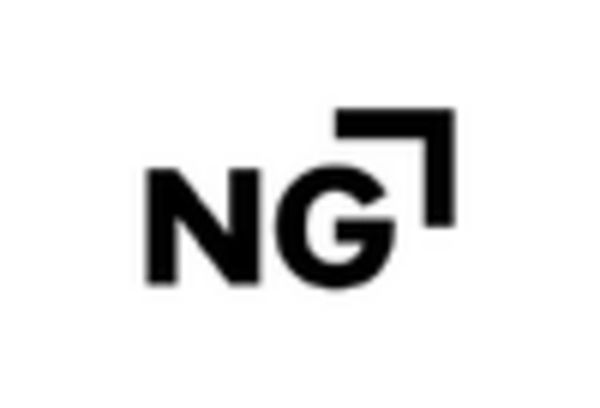
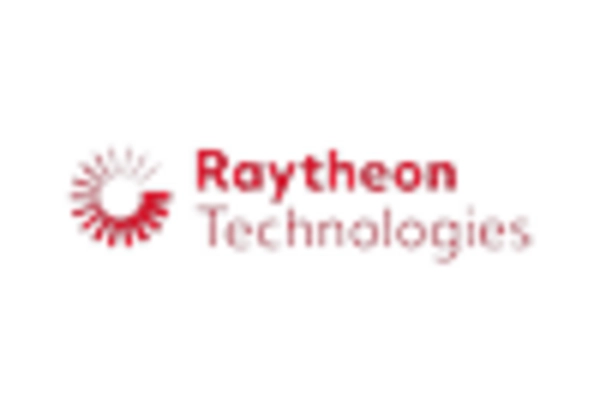








Leave a Comment